Why Diamond Color Matters More Than You Think!
Diamond Color
Diamond color plays a major role in both the beauty and value of a diamond, whether it is a natural or lab-grown diamond. Simply put, the less color a diamond has, the more brilliantly it sparkles. Colorless diamonds act like tiny prisms, reflecting and refracting light to create that signature, eye-catching brilliance. This dazzling effect is why colorless diamonds are so highly prized-and why they often come with a higher price tag.
When we talk about diamond color, we’re really talking about the presence or absence of any tint within the stone. Most diamonds you see in jewelry are valued for being as clear as possible- think of the pure, crisp look of a drop of water. However, many diamonds naturally contain subtle hints of yellow, brown, or even gray. While these touches of color are perfectly natural, they can influence both how beautiful the diamond looks and how much it’s worth.
The Diamond Color Scale
Let the diamond color scale be your roadmap to finding a stone that dazzles with the perfect hue for you!

Understanding Diamond Shades
Detailed Diamond Color Chart
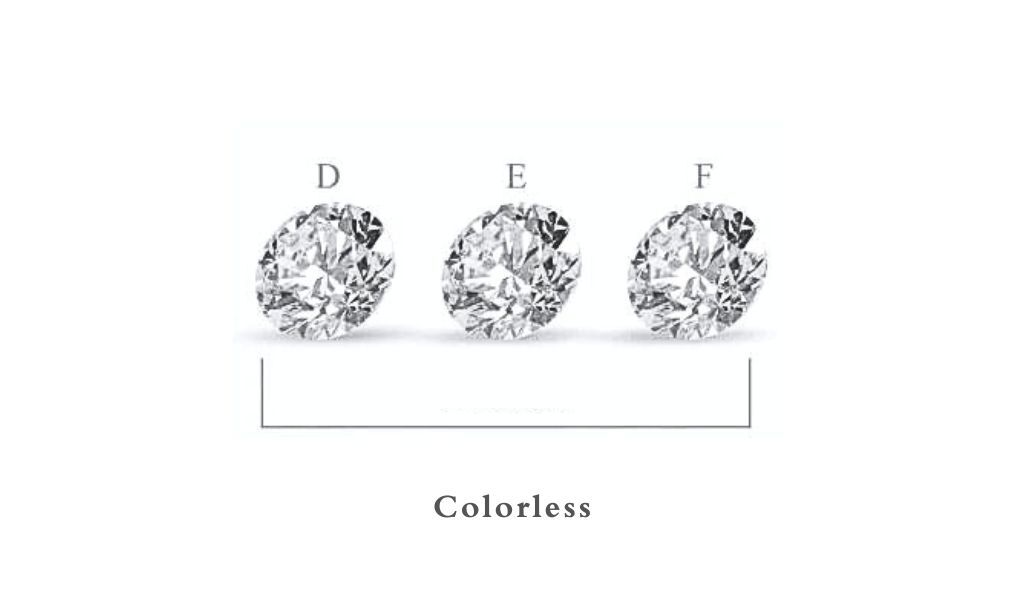
Colorless (D–F)
Diamonds in the D, E, and F color grades are considered completely colorless. These are the rarest and most coveted diamonds on the market.
- D Color: The highest grade, absolutely colorless even under magnification. Only a tiny percentage of diamonds achieve this grade.
- E Color: Nearly identical to D, with only minute traces of color detectable by expert gemologists.
- F Color: Still considered colorless, with only slight color detectable under close examination.
Near Colorless (G–J)
Diamonds in the G, H, I, and J grades are classified as near colorless. They appear colorless to most observers, especially once set in jewelry.
- G Color: Virtually colorless; only a trained eye can detect a slight warmth.
- H Color: Slight hint of color, but still looks white in most settings.
- I Color: Minor warmth, especially in larger stones, but excellent value.
- J Color: Slightly more noticeable color, but still faces up white in many settings.
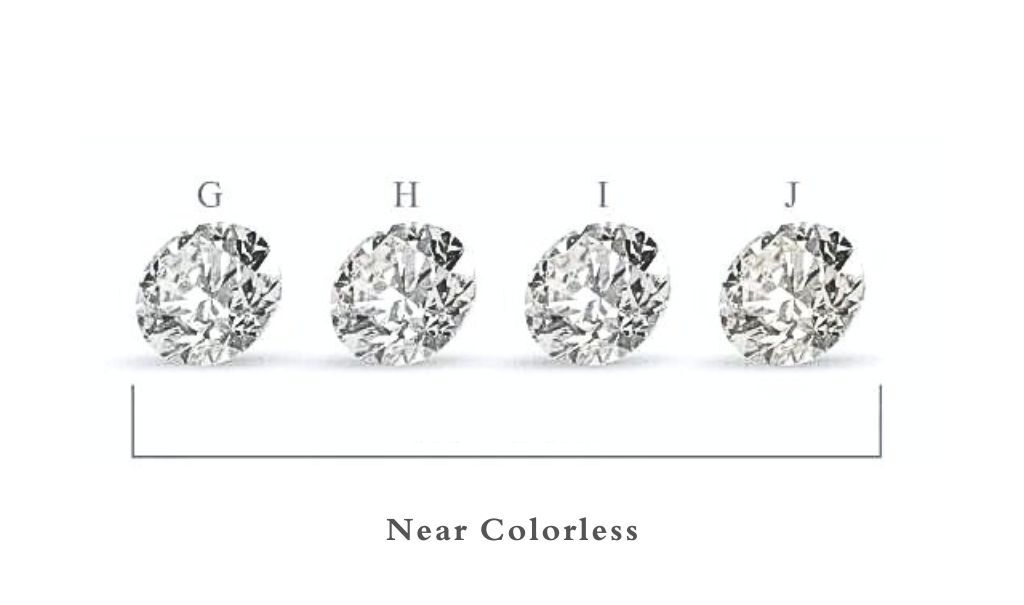
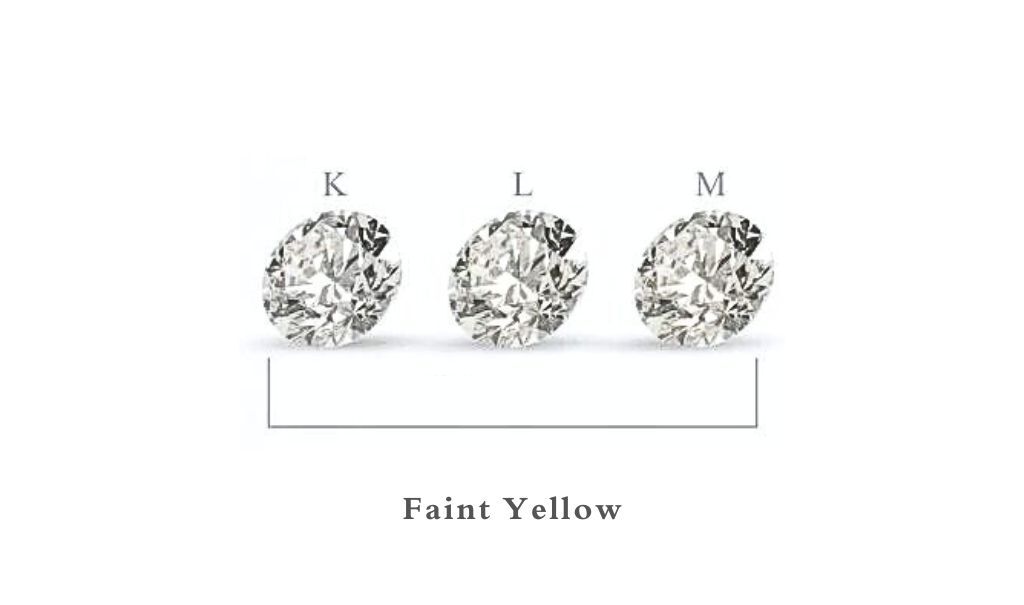
Faint Yellow (K–M)
Diamonds in the K, L, and M color grades have a faint yellow tint that is visible to the naked eye, especially in larger stones.
- K Color: Noticeable warmth, but can still appear attractive in vintage or yellow gold settings.
- L Color: Slightly more pronounced yellow; often chosen for antique-style rings.
- M Color: Warm, soft yellow hue that can be charming in the right setting.
Very Light Yellow (N–R)
Diamonds in the N, O, P, Q, and R grades display a very light yellow hue that is easily visible.
- N–R Colors: The yellow tint is apparent to most people, giving these diamonds a warm, golden appearance.
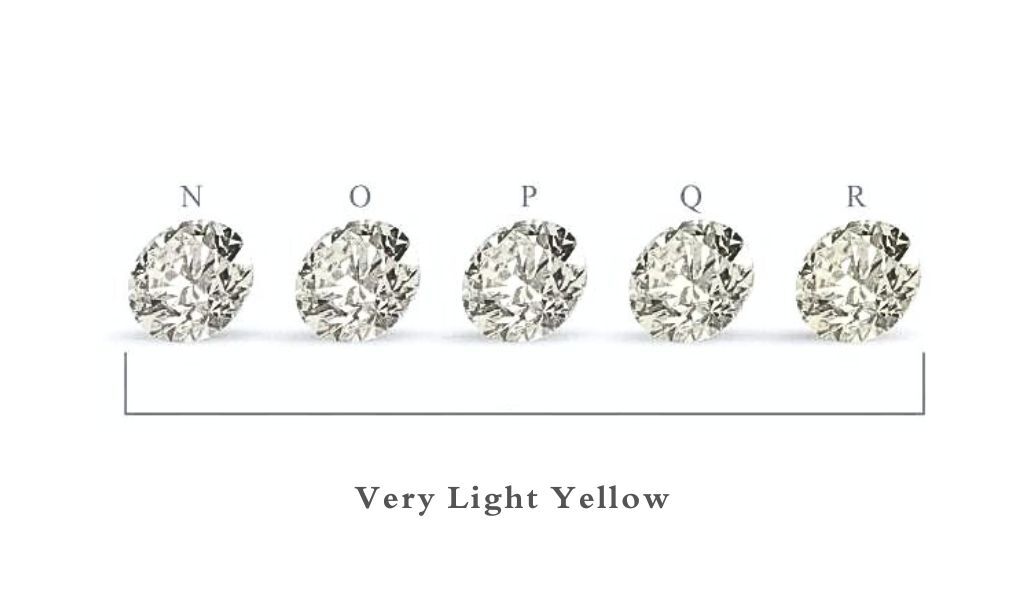

Light Yellow (S–Z)
Diamonds in the S, T, U, V, W, X, Y, and Z color grades exhibit a visible yellow tint. This color is easily noticeable to the naked eye.
- S–V Color: Strong yellow tint is apparent, especially in larger stones. These grades are often chosen for bold, creative jewelry designs where the warm color is embraced.
- W–X Color: The yellow or brown hue becomes even more pronounced, making the diamond’s color the defining feature. These stones may appeal to those seeking a unique, vintage, or statement look.
- Y–Z Color: The deepest yellow shades within the traditional D–Z scale, bordering on fancy yellow territory. At this point, the diamond’s color is unmistakable and can be highlighted with complementary settings, such as yellow or rose gold.
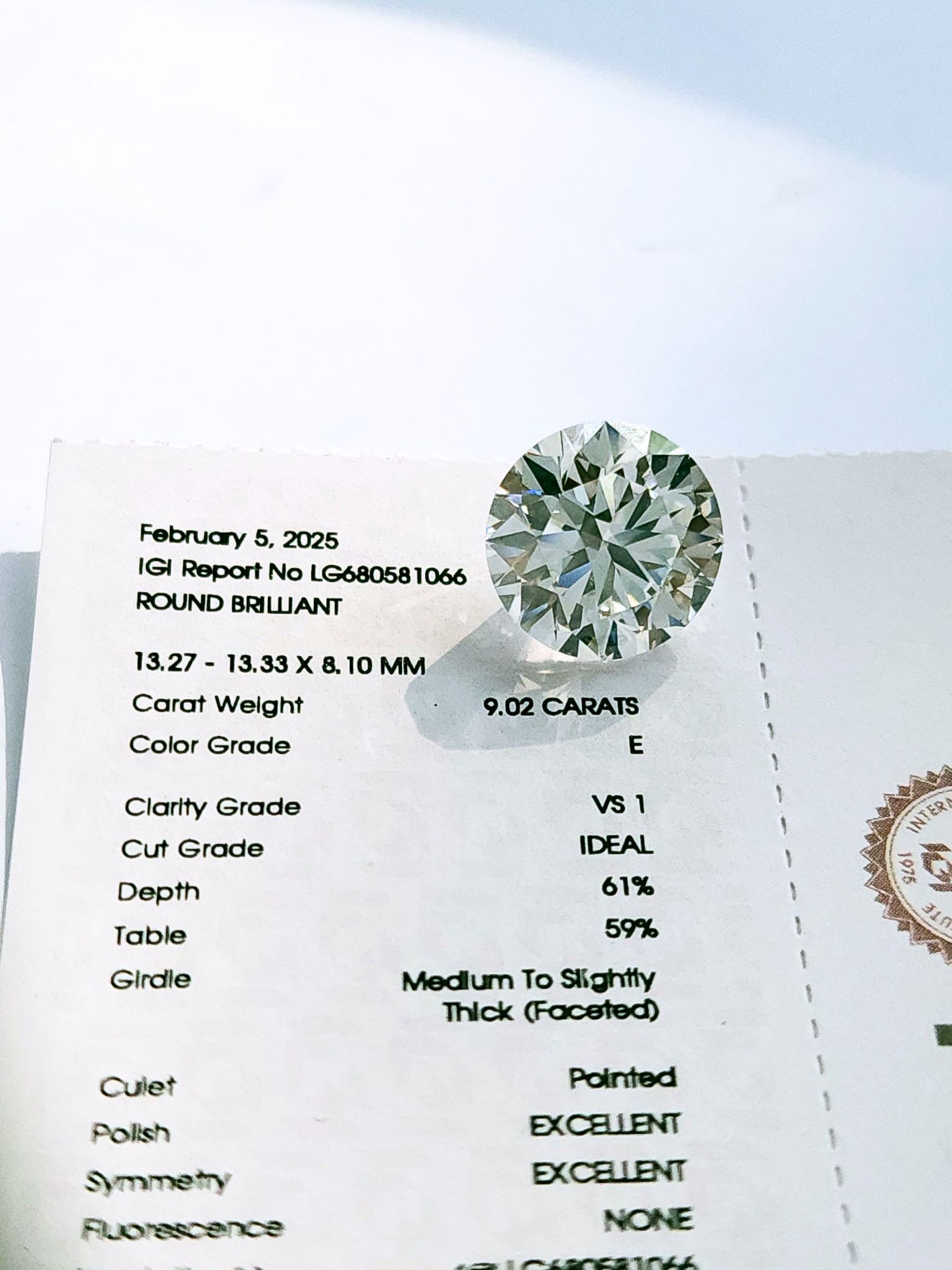
Diamond Color Grading Process
How Is Diamond Color Graded?
If you’ve ever wondered how experts decide the color grade of a diamond, you’re not alone. It’s actually a very detailed and careful process—one that’s designed to be consistent, fair, and incredibly precise. Color might seem like a small detail at first, but it can make a big difference in how a diamond looks and how much it’s worth.
Let us walk you through what happens behind the scenes.
The Grading Process: Step by Step
- Standardized Viewing Conditions: To keep things objective, diamonds are always graded under the same lighting and environment. We’re talking about specialized light sources and clean, neutral backdrops—usually white or gray—to reduce any distractions or color distortions. It sounds technical (because it is), but this setup helps graders focus purely on the diamond itself.
- Side-by-Side with Master Stones: Here’s where the magic happens. The diamond in question is placed next to “master stones”—these are diamonds with already-established color grades from D (colorless) to Z (noticeably tinted). Comparing them directly helps trained graders figure out exactly where your diamond falls on the scale. It’s a bit like using a paint swatch to match wall color—except much more precise.
- Multiple Opinions—Not Just One: No single person makes the call. Instead, several experienced graders look at the diamond independently, each offering their own assessment. None of them know what the others think—this way, the process stays unbiased and fair.
- Reaching Consensus: Only when there’s enough agreement among the graders does the final color grade get assigned. And if there’s any doubt? A senior gemologist steps in to double-check. You can think of it as the diamond world’s version of a second opinion—just to be sure.
- Official Documentation: Once the color grade is finalized, it’s added to the diamond’s grading report, along with details like cut, clarity, and carat weight. This report is essentially your diamond’s identity card—and it matters, especially when it comes to value.
Why This Matters to You?
To be honest, even the slightest color difference can change how a diamond looks in real life, especially when it’s set in a ring or under different types of lighting. And of course, it impacts the price, too.
That’s why this whole grading process exists: so you can feel confident that the diamond you’re looking at has been carefully and fairly evaluated by actual experts, using the highest possible standards.
After all, if you’re going to invest in a diamond, you deserve to know exactly what you’re getting.
